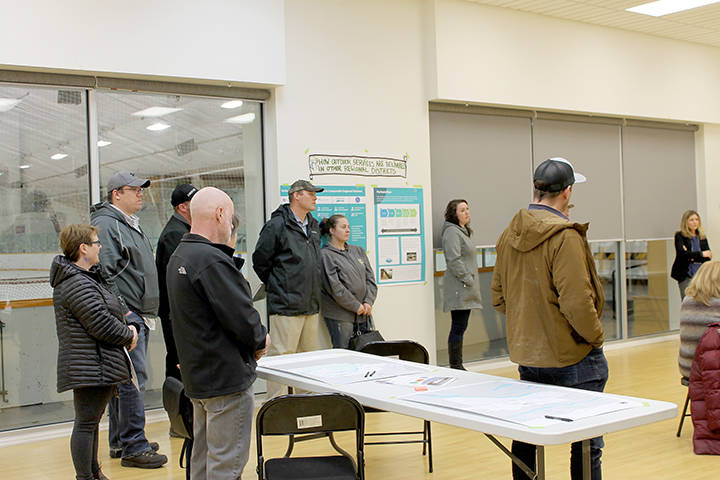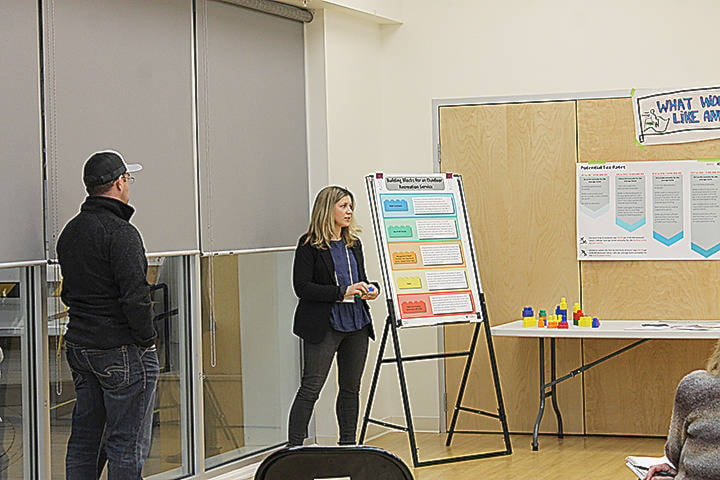The Regional District of Bulkley Nechako’s open houses for a study on the possibility of creating a recreation department have now ended. The purpose of the open houses was to get a better understanding of what local residents’ needs were, and what they were willing to pay, in order to have an outdoor recreation management body of some kind created within RDBN.
The study began in October of last year, and seven open houses were held in total, between Feb. 26 and March 11.
“There was a lot of questions about what exactly would the Regional District be doing. Would it be getting more boat launches and trails, and better signage… And some really specific ideas people had for their communities,” said Hillary Morgan, project lead with the study. Hillary runs a consulting company called Dynamic Community planning, which was hired by RDBN to carry out the study. Her partner in her work is Lilliana Dragowska.
“So, we clarified that the stage we’re at in the project is not detailed planning. We’re at that feasibility phase, and if the Regional District decides to create this type of service, then they would have the capacity to start detailed planning. But right now, it’s whether or not they even want the service,” said Morgan.
In total, about 200 people showed up for the seven open houses. The locations were Smithers, Cluculz Lake, Vanderhoof, Fort St. James, Fraser Lake, and Burns Lake. Smithers and Clucultz Lake had the highest turn outs, while Vanderhoof and Houston were somewhat poor, said Morgan.
For this study, the three major areas of outdoor recreation revolved around beach access, boat launches, and trails. While they’re determining whether it’s a good idea to create a whole department for this, Morgan and Dragowska, and RDBN, are also looking at whether it would work to award a grant to another already existing outdoor recreation organization to do this work.
These are some of the questions attendees at the open house were asked to answer through a feedback form they filled out after hearing about the potential options.
People were very vocal about their concerns that as rural residents, they didn’t want to pay for the areas which the municipalities use, too—they wanted the cost split in those cases. And attendees also enjoyed hearing about what other regional districts were doing, said Morgan.
The most important—and most popular—piece of puzzle was the cost.
“The people at the open houses definitely indicated a willingness to pay some level of tax to support this service. There was definitely also comments and conversation about concerns. Fraser Lake was probably the loudest community in terms of concerns about increasing taxes for people on fixed incomes,” said Morgan.
Morgan’s company gave people a ballpark estimate of about $5-$55 per year, depending on the cost of the homes and locations people were living in, and asked what they would be willing to pay overall. Of course, the higher the rate, the better the service, said Morgan. And they had some examples of the services that would be involved at those levels, she added.
“There was also a lot of people saying I don’t really mind paying an extra 20 dollars a year if I’m really going to get something for it,” she said.
In Burns Lake specifically, many of the attendees liked the idea of having a streamlined body of government to go to for outdoor recreation services, and were interested in also having more collaboration between existing outdoor organizations, said Morgan.

